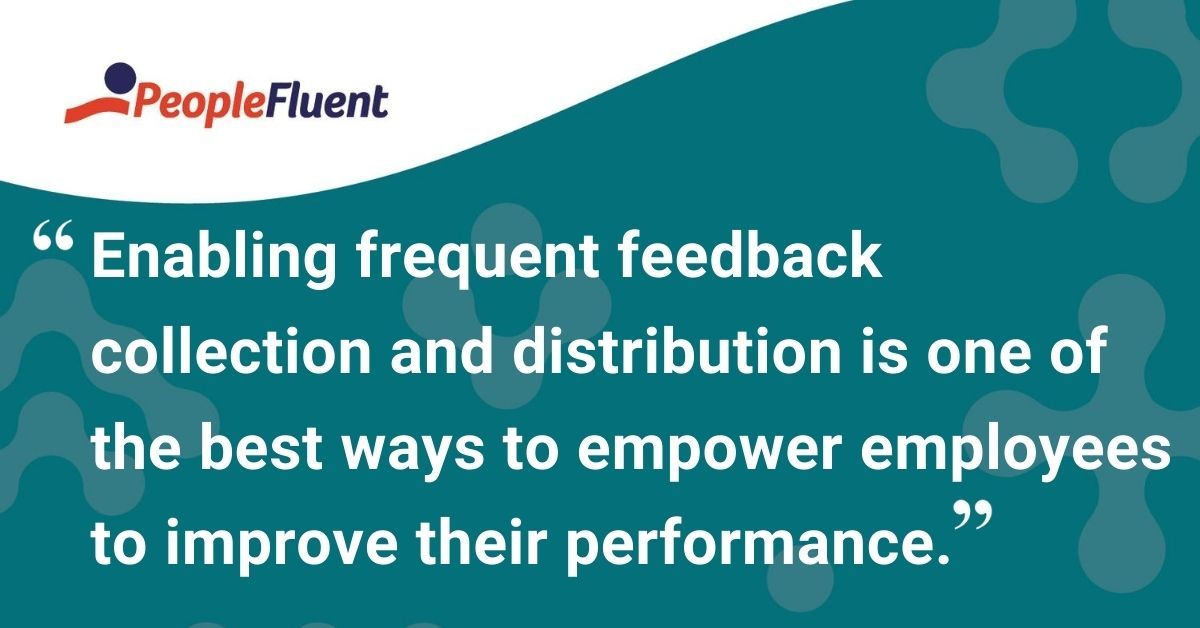Published: Nov 14, 2018Time to read: 4mins Category: Talent Management
3 Ways to Modernize Your Performance Review Process
When it comes to performance reviews, it turns out that both employers and employees are unhappy with the way things currently are.
Deloitte found that 49% of responding companies think the performance review process isn’t a productive use of their time. And only 10% of respondents stated that it drives employee engagement and improves performance. These numbers reflect many business leaders’ views on performance appraisals as just a to-do list item to get through.
And it’s likely that these problems partly stem from the structure of the traditional annual review.
Traditional Performance Review Processes Are Failing to Meet Expectations
By their very nature, employee appraisals are biased toward recent work, and are subject to manager biases. The entire process is lengthy and competes with high workloads and project deadlines. Often, employee performance goals aren’t clearly articulated or connected to meaningful departmental or business objectives, and everyone leaves the table dissatisfied.
Worse, by missing an opportunity for meaningful feedback, performance trends plateau or can even suffer. So how do you fix performance reviews to increase their value and effectiveness?
Here are three tips for HR leaders and managers to get more out of the performance management process.

You might also like: 'Retooling Talent Management: How HR Teams Can Engineer a New Era of Productivity'
1. Enable More Diverse Feedback
First, stop relying on annual assessments. Enabling frequent feedback collection and distribution is one of the best ways to empower employees to improve their performance. And as part of continuous feedback, focus on facilitating reviews that help determine future potential.
What’s even better than empowering managers with tools or technology to provide this type of response is empowering all relevant stakeholders with diverse feedback methods like multi-rater and 360 reviews. Feedback from peers, colleagues, direct managers, and indirect managers can give an employee a more robust picture of their performance in real-time, allowing them to make the adjustments and decisions needed.
When you add these snapshots to a more formal annual review, your managers are better prepared to give comprehensive feedback, help map employees’ career paths, and determine—then set—actionable goals. And employees are better equipped to turn that feedback into achievable improvement.
2. Prepare for the Conversation Long Before it Happens
It can be tough to be a manager. In addition to your leadership tasks, you often have project-specific work to complete. This overload can drive managers to take a “just get through it” approach to reviews instead of an inspiring experience for them and their employees.
But as HR leaders know well, performance management touches all aspects of an employee’s lifecycle and is a critical element to motivating, engaging, and retaining the best talent at your organization. Managers must take the time to thoughtfully prepare the evaluation and their communication about performance ratings and feedback to each employee.
Encourage managers to ask themselves a few basic questions, such as:
- What is the message you want to convey?
- How do you want the employee to feel after the review?
- What behaviors do you want them to change, or what actions do you want them to take?
Remember: Employees quit managers, not jobs. Don’t let the structure and quality of their review process make them want to quit you.

Keep reading: 'Do Your HR Processes Align With the Depth of Your Technology?'
3. Empower Managers and Employees with Better Performance Management Technology
Many of the problems that plague modern performance reviews can be mitigated by a solid talent management strategy that prioritizes employee performance, and the right technology to support those strategies.
Your performance management solution should enable key elements of modern performance, including:
- Continuous performance snapshots
- Rich dialogue and distribution of feedback anytime
- Alignment of performance goals with business objectives
- Integration with your learning management system to tailor professional development curriculum to the employee’s needs.
Empowered with the right performance management software, managers and employees will get more out of performance reviews, leaving their conversations with actionable feedback and guidance to drive individual performance and team productivity.
Making Performance Perform for Your Organization
Performance reviews don’t have to be awful. With the right approach and the right tools, your HR team can transform the performance process and reap the benefits of employee growth and a motivated workforce.
Discover How Performance Software Helps Build a Culture of Support
Guide people on a path of continuous improvement, excellence, and achievement. PeopleFluent helps you support your people, so they exceed their goals and drive business outcomes.